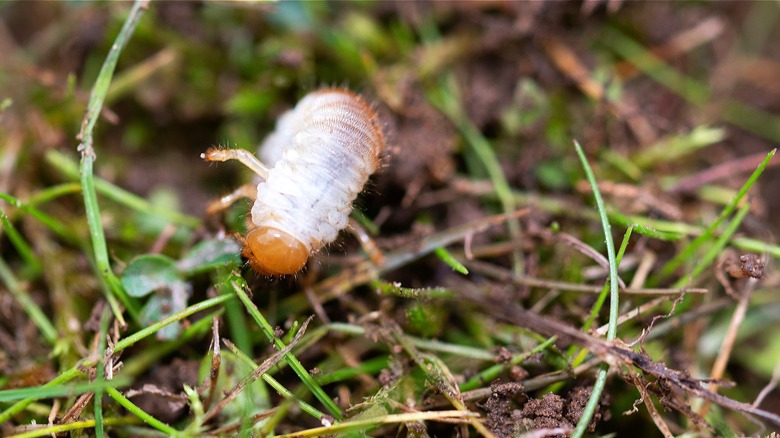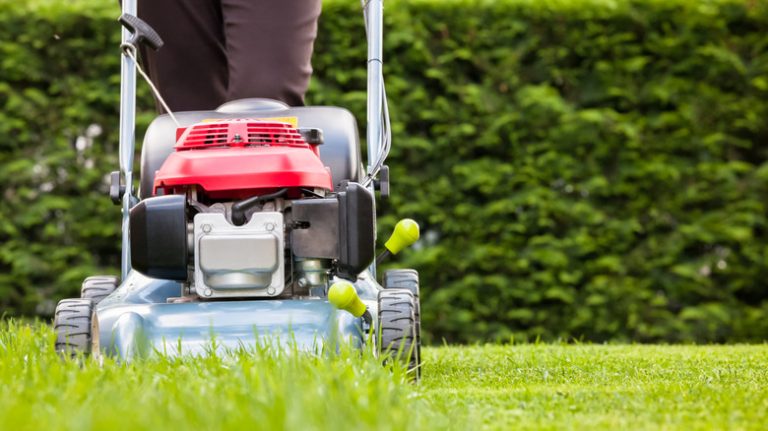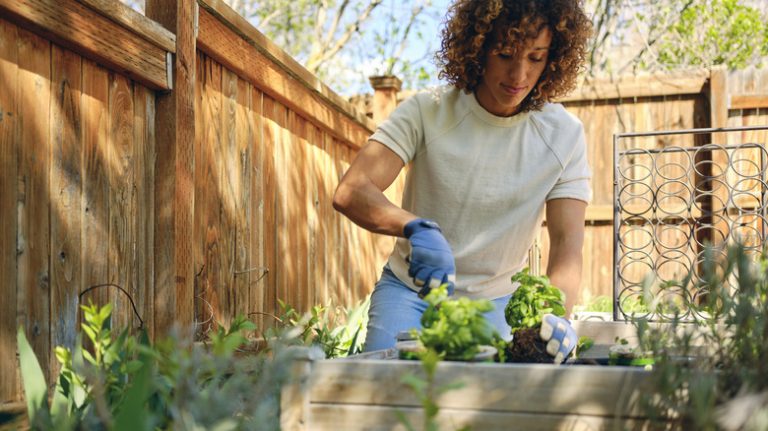Grubs are an important part of the natural ecosystem in most areas, but that doesn’t mean that too many of them is healthy for your lawn. In fact, if, when checking for an infestation, you find you have three or more of these pests within a test area measuring about 3 inches by 3 inches or so, that’s a sign you may have a grub problem.
It’s normal to see grubs in your lawn, and one or two isn’t anything to worry about or treat. However, if your lawn isn’t looking all that healthy or you’re certain there’s a swarm of grubs calling your yard their new home, it’s time for action. Too many of these pests will damage the nutrient levels in the soil while also invading (and sometimes devouring) the grass itself. That makes it much harder for you to control your lawn health.
To check for grubs, you’re going to dig right into the soil. And once you do so and learn the process, it’s rather easy to repeat over time. That way, you can get an early start on treating an infestation of grubs in your lawn sooner rather than later, and that could mean an easier process overall.
How to check your lawn for grubs
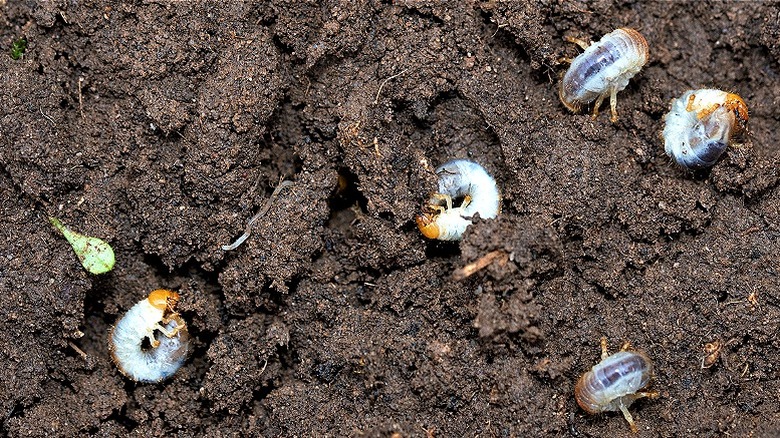
You should check your lawn for grubs in several cases. First, if you see one or more grubs around, that’s a good sign that you should take a closer look, especially if it’s happening in numerous locations. Also note that if you have discoloration of your lawn, such as areas of yellowed or browned grass, that could be an indication of a grub problem unless conditions have been very dry and the new appearance is brought on by drought conditions.
The best warning sign of a grub infestation, though, is to do a bit of digging with a shovel. Aim to cut away a 3-inch-by-3-inch area of your lawn in the area where you suspect there’s a significant number of grubs. Try to go about 3 inches deep as well, as that’s where grubs tend to hide and spend most of their time.
Once you do this digging, the next step is to count how many grubs you see present in that opened-up area. It’s normal to see a few, and, in fact, that’s a sign of a healthy lawn. However, if you see five or more grubs within that area, that could be an indication of an infestation. Try another area nearby, this time dig a hole equal to a square foot. If when you do, you find again five or more grubs, that’s a sign it may be time to treat your lawn.
How to handle too many grubs in your lawn
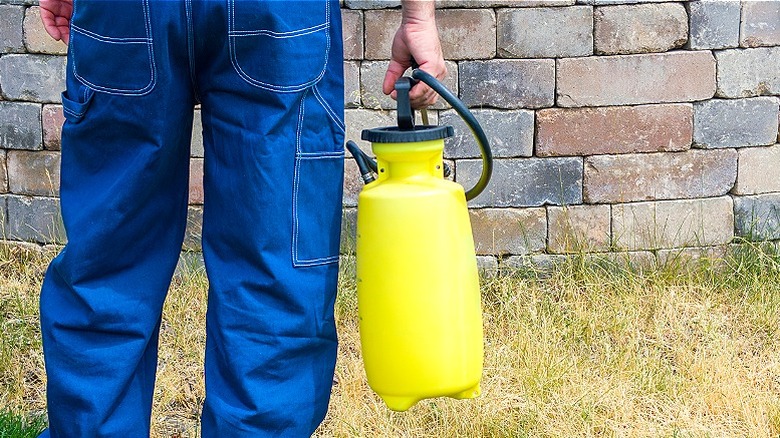
Once you’ve confirmed your lawn has a grub problem, it’s time to treat it. There are various ways to do so, including the use of insecticides designed specifically for this task. However, like all chemical-based products, any type of grub-killer like this is going to create a poisoning risk for other animals, and it’s not good for the environment, especially if it’s improperly used or if it leaches into the local groundwater.
The best time to treat grubs is in the late summer weeks when newly hatched grub larvae are most likely to be controllable. You could do this by bringing birds into the yard, such as by installing a bird feeder in the target area. You can also use milky spore, a type of bacteria that’s toxic to some grubs, especially Japanese beetles.
Another natural way to treat grubs in your lawn is to use a dish soap and water mixture. You need about 3 tablespoons of liquid soap (it’s best to use an organic or all-natural option) to 1 gallon of water. Spray this onto your lawn in the target area, and it should help to get rid of the grubs. Also, note that the best way to treat grubs is to prevent them. By spring, be sure you’ve considered improving your pest control for your lawn to ensure you don’t attract them again.

